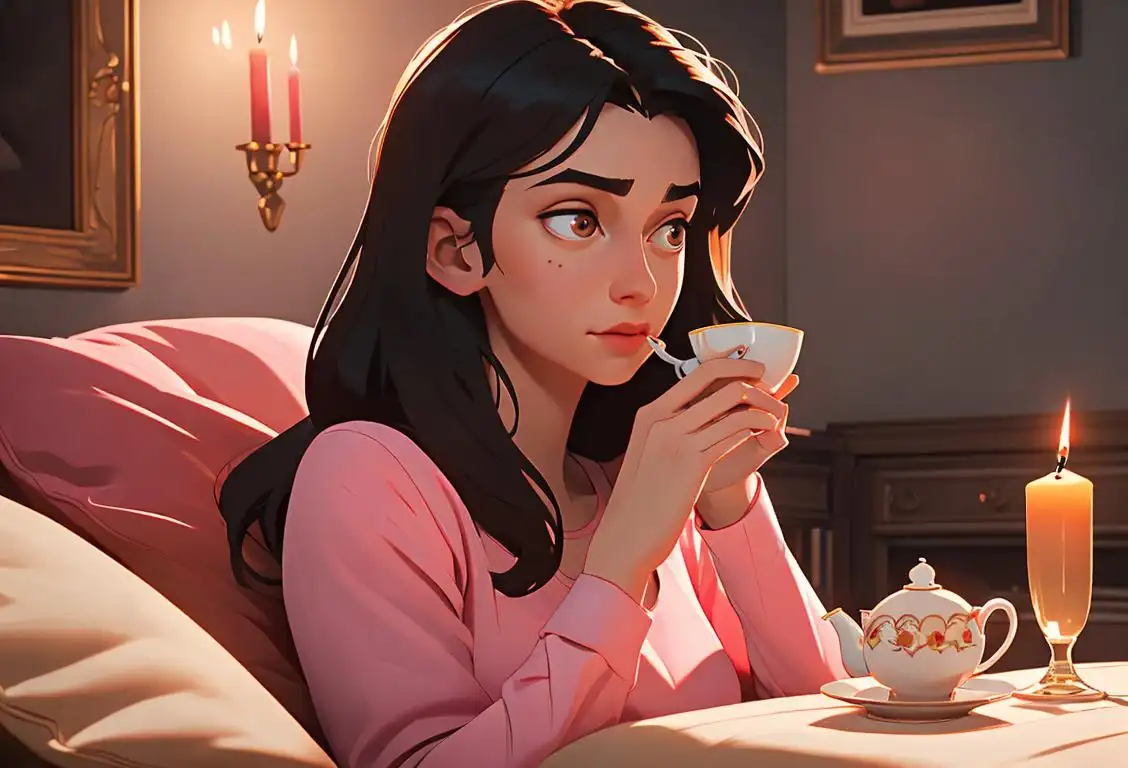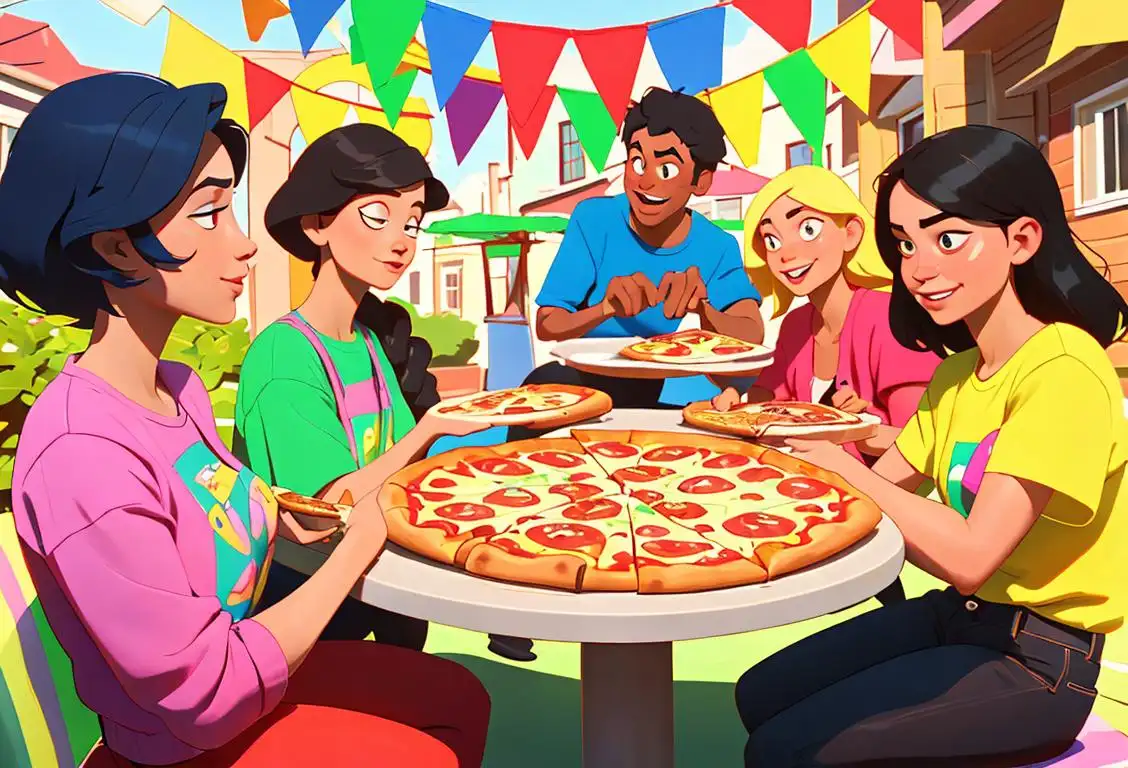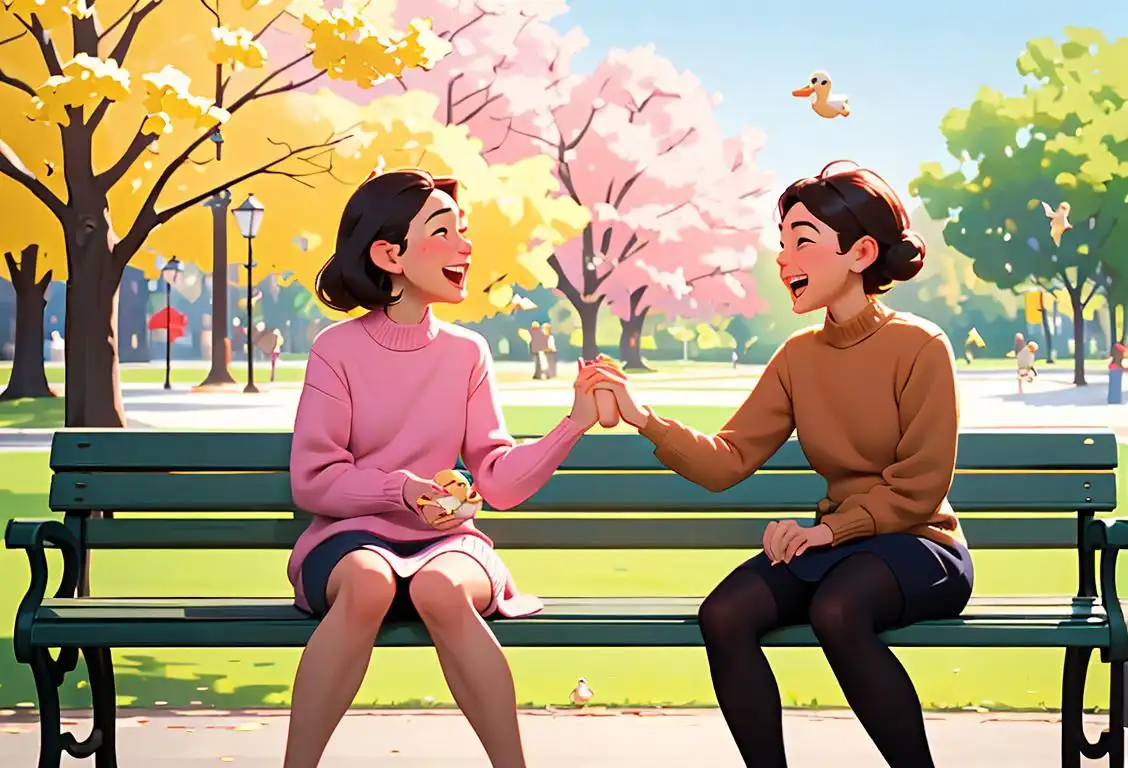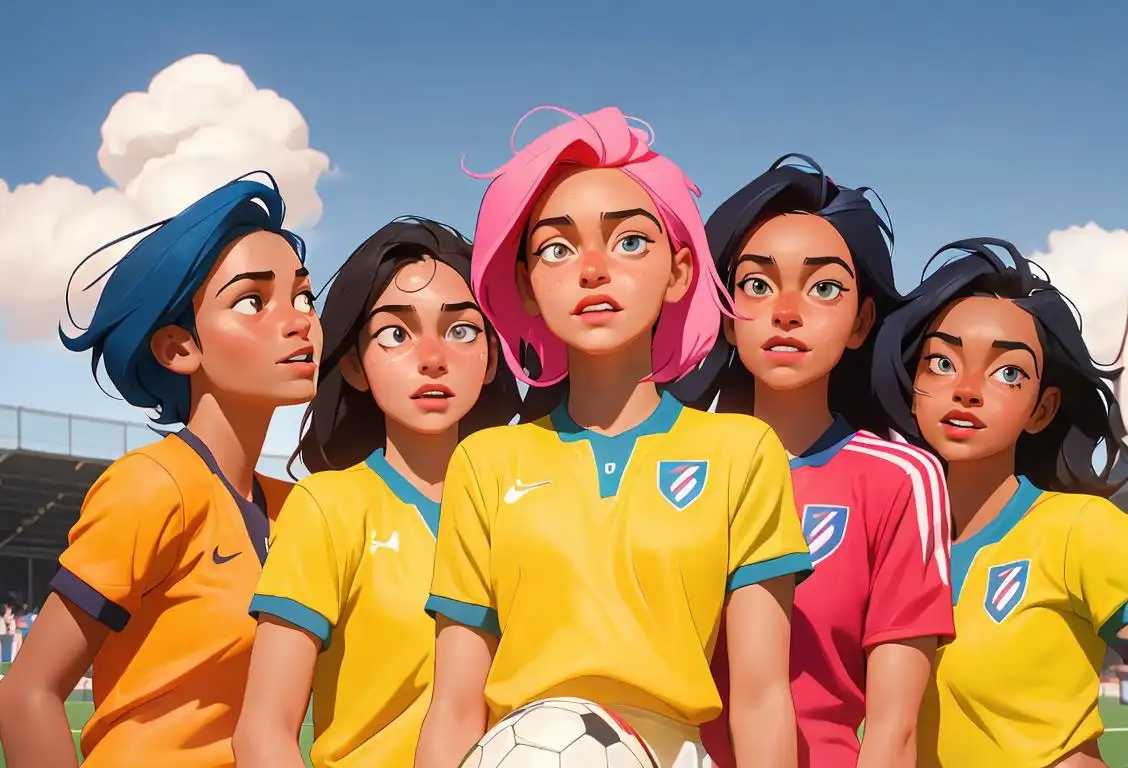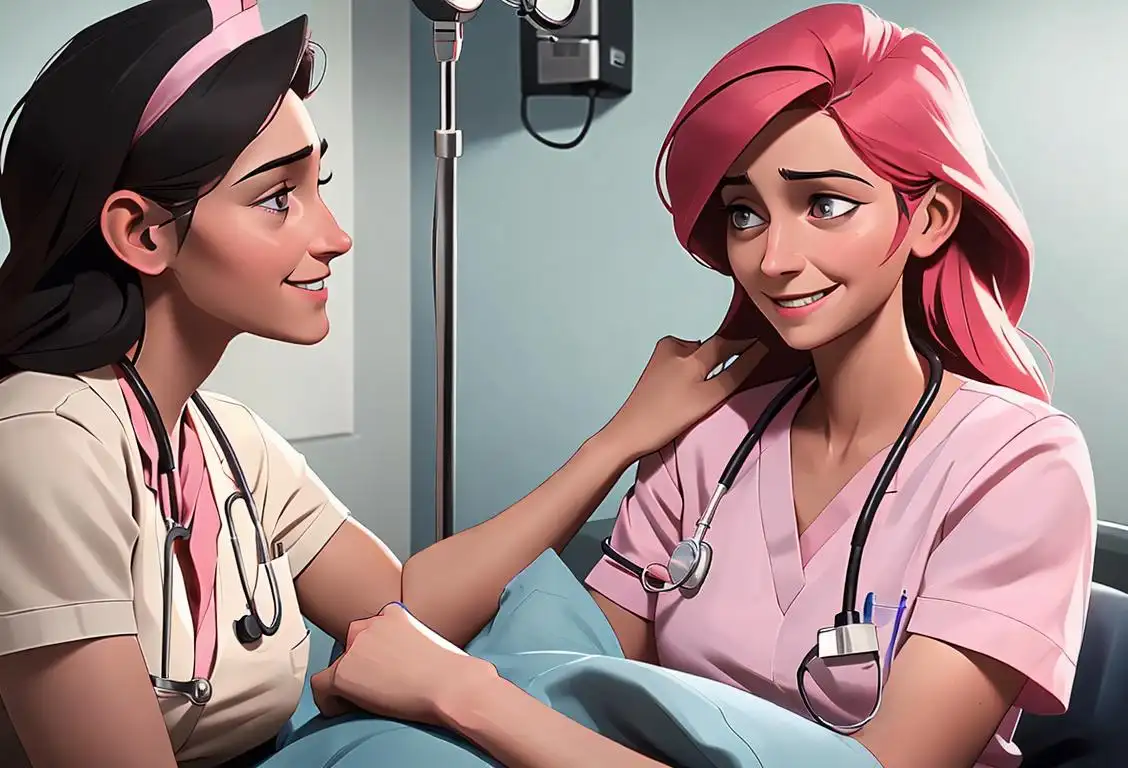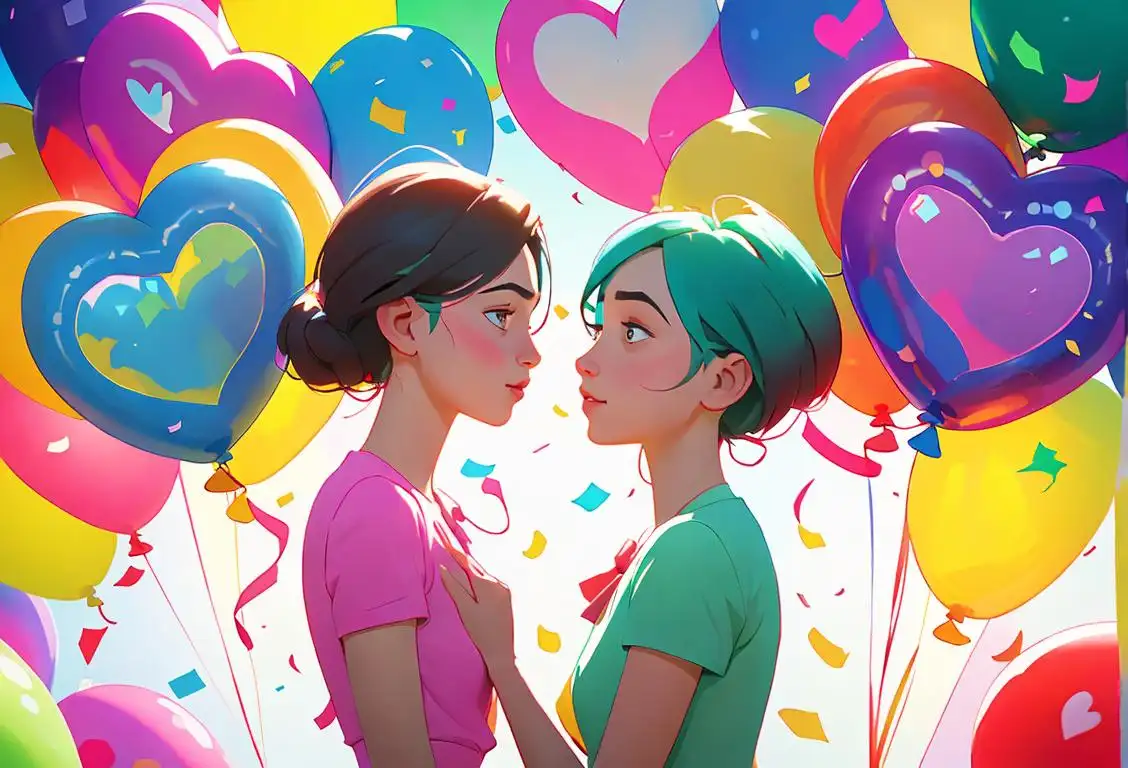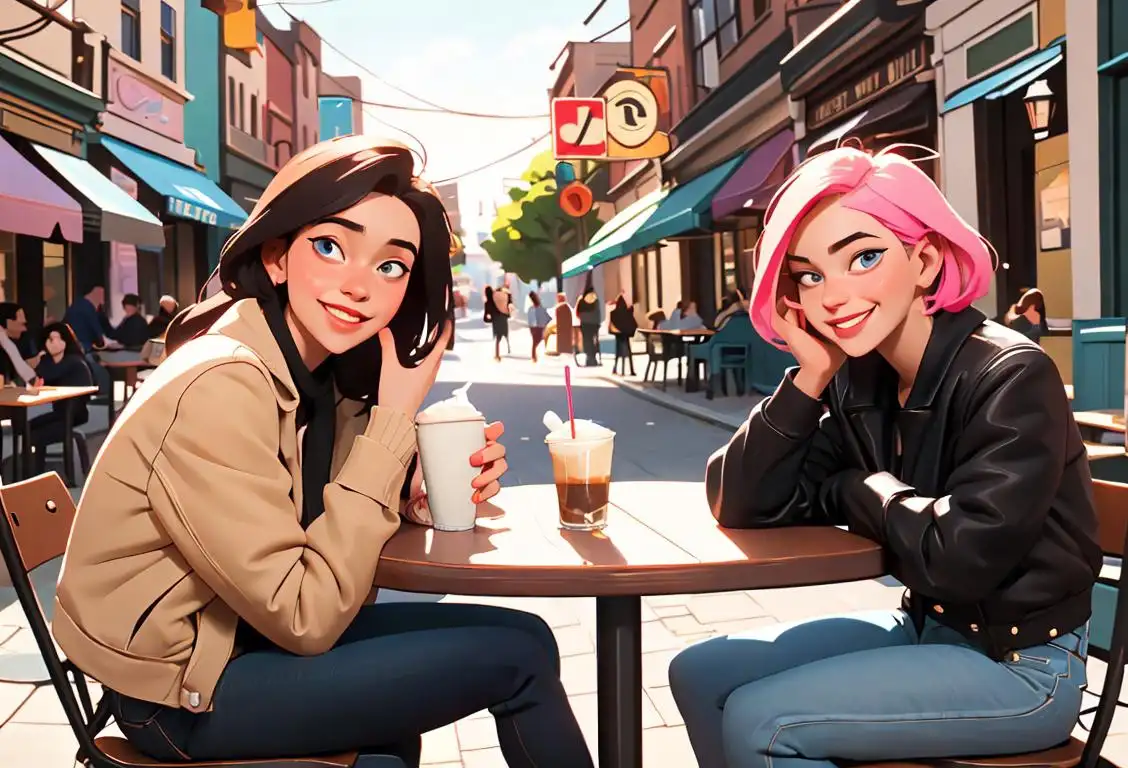National Girl Gang Day
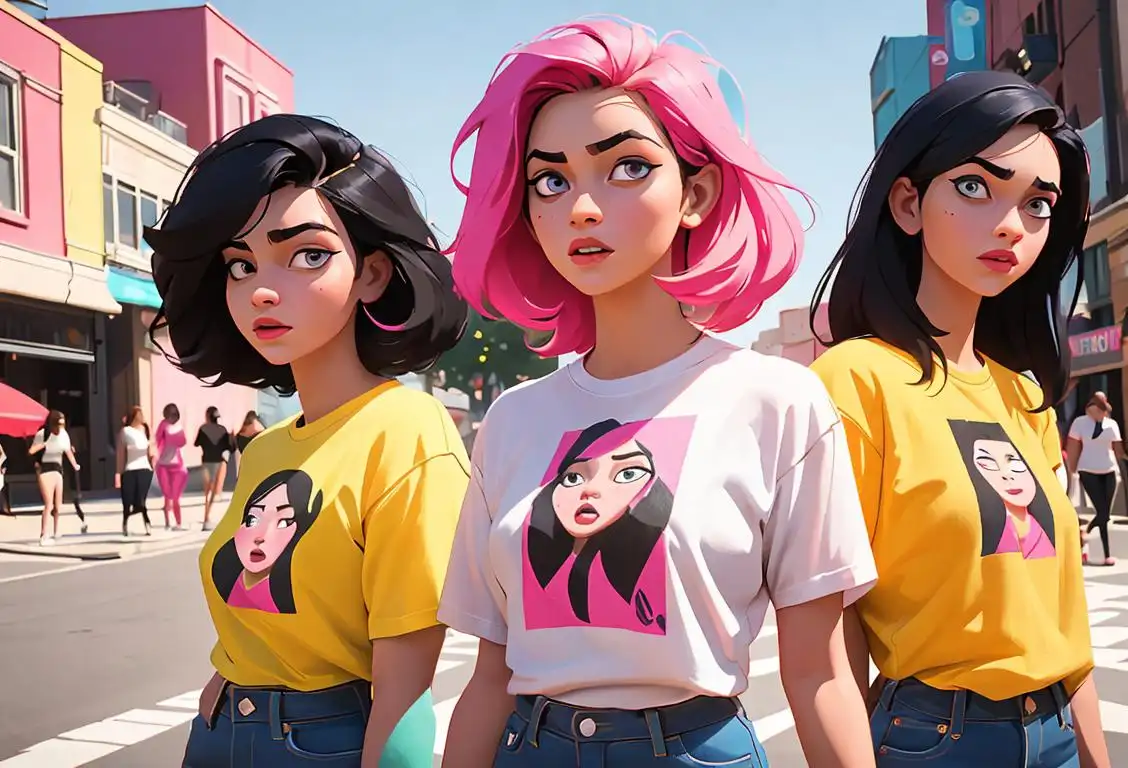
Welcome to the fabulous world of National Girl Gang Day! Get ready to join forces with your fierce female friends and celebrate girl power in all its glory. Whether you want to reminisce about the internet history of this day or delve into the actual national history, we've got you covered. Get ready for an exciting adventure filled with laughter, empowerment, and a touch of mischief.
When is Girl Gang Day?
It's national girl gang day on the 26th March.
The Origins of National Girl Gang Day
Did you know that the concept of girl gangs goes way back in history? Throughout the ages, women have come together to form powerful groups and support each other through thick and thin. From suffragettes fighting for their right to vote to modern-day sisterhoods, female unity has always been a force to be reckoned with.
On the internet front, National Girl Gang Day started gaining recognition on March 26, 2018, when it garnered 5 mentions. The online community embraced this day as a way to celebrate the strength and resilience of women everywhere.
How to Celebrate National Girl Gang Day
Are you ready to channel your inner girl gang superhero? Here are some fantastic ideas to make the most out of this special day:
- Gather your squad and organize a girls-only day out. Hit the town, try out a new restaurant, or go on a shopping spree — no boys allowed!
- Host a movie night and watch some classic films showcasing strong female characters. Wonder Woman, Kill Bill, and Legally Blonde are just a few awesome options.
- Create personalized girl gang t-shirts or friendship bracelets. Show off your unity and style in the most fashionable way possible!
Did You Know?
Did you know that women have been forming underground girl gangs since the 19th century? These secret societies empowered women and provided them with a support system during times when society denied them basic rights. Talk about girl power!
History behind the term 'Girl Gang'
1940
The formation of the 'girl gang' concept
The term 'girl gang' first emerged in the 1940s, during a time when there was a growing interest in youth subcultures and their rebellious attitudes. It referred to a group of young women who banded together in solidarity, often engaging in activities that challenged societal norms and gender expectations.
1920
Flappers and Female Empowerment
In the 1920s, a cultural shift known as the 'Roaring Twenties' took place. Women, who were previously confined to traditional gender roles, started to embrace a new sense of freedom and empowerment. They rebelled against societal expectations by cutting their hair short, wearing shorter skirts, and challenging conventional norms. This era saw the rise of the 'flappers,' young women who were often associated with a carefree attitude and a desire for independence.
1950
The Rebel Without a Cause
During the 1950s, film and media played a significant role in popularizing the concept of girl gangs. Movies like 'Rebel Without a Cause' (1955), starring James Dean and Natalie Wood, depicted rebellious teens forming gangs as a means of finding their place in society. These gangs were not limited to boys only; female characters were also portrayed as members of girl gangs, challenging traditional gender roles and breaking away from societal constraints.
1950
Street gangs and cultural influence
In the 1950s, the concept of girl gangs became more intertwined with street culture. Immortalized in films like 'Rebel Without a Cause' (1955), girl gangs were depicted as edgy, tough, and often associated with motorcycle culture. Their rebellious image resonated with young women who sought to challenge traditional gender roles.
1990
Riot Grrrl Movement
The 1990s witnessed the emergence of the feminist punk movement known as 'Riot Grrrl.' Punk bands like Bikini Kill and Bratmobile used their music and lyrics to empower women and address issues such as sexism, patriarchy, and harassment. The Riot Grrrl movement encouraged female camaraderie and solidarity, creating spaces for women to express themselves freely. The term 'girl gang' became associated with the Riot Grrrl movement, representing a collective of feminist activists and musicians.
1970
Feminist movement and empowerment
During the 1970s, the feminist movement gained momentum, and the term 'girl gang' took on a new meaning. It became a symbol of female empowerment and solidarity, representing women coming together to fight against gender inequality and social injustices. Girl gangs were seen as supportive networks providing a platform for women's voices and experiences.
2010
Contemporary Pop Culture
In recent years, the term 'girl gang' has become a popular phrase in contemporary pop culture. It is often used to describe a group of female friends who are supportive, empowering, and have a strong bond. Social media platforms have contributed to the rise of girl gang aesthetics, with hashtags like #squadgoals and #girlgang being widely used. The concept of girl gangs has evolved from its historical roots to represent a sense of unity, friendship, and empowerment among women.
1990
The rise of Riot Grrrl
In the 1990s, the Riot Grrrl movement emerged, blending punk rock, feminism, and activism. Riot Grrrl bands and their fan base embraced the 'girl gang' ethos, encouraging young women to be assertive, unapologetic, and expressive. It was a transformative time, with girl gangs using zines, music, and DIY culture to challenge mainstream media and societal norms.
Present
Modern interpretations and inclusivity
Today, the term 'girl gang' continues to evolve, with a broader understanding of gender and inclusivity. It no longer solely represents cisgender women but also encompasses trans and non-binary individuals. Girl gangs have become spaces of support and empowerment, where individuals of all identities can come together, challenge stereotypes, and advocate for their rights.
Did you know?
Did you know that women have been forming underground girl gangs since the 19th century? These secret societies empowered women and provided them with a support system during times when society denied them basic rights. Talk about girl power!Tagged
fun friendship empowerment sisterhoodFirst identified
26th March 2018Most mentioned on
26th March 2018Total mentions
5Other days
Girl Gang Day
Seriously Single Day
Pizza Party Day
Make A Friend Day
Plant A Flower Day
Women In Sports Day
Housing Day
Nurses Day
Bestfriends Day
New Friends Day
